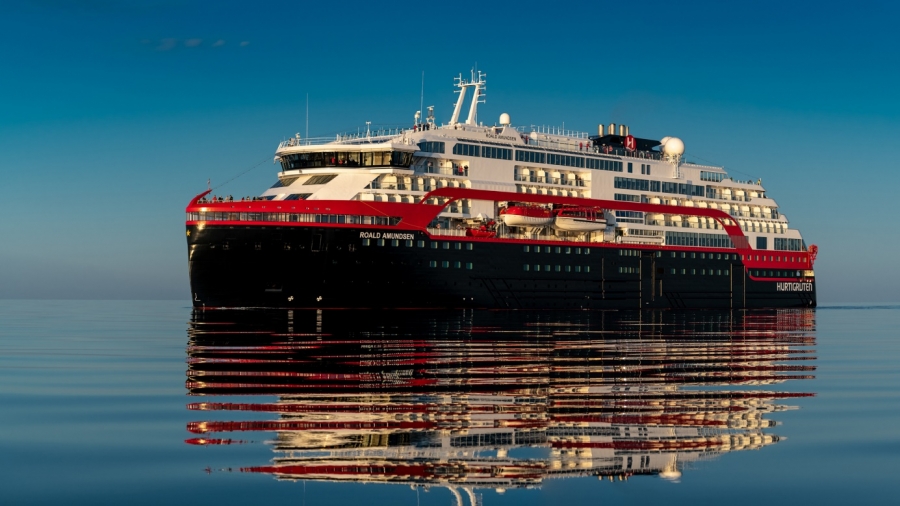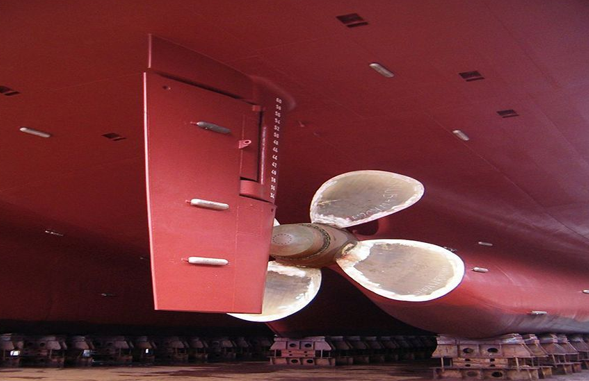
In vehicles where there is no soil, grounding and safety system potential difference, electron exchange between anode and cathode terminals are provided by zinc pins. In this way, any unwanted electrical circuit is prevented from completing through human, electronic system, etc. In this article, we will explain the grounding system on ships.
We all use electricity in our buildings and vehicles for most of our day. Let's think about how important electricity is in human life. Let's think for 1 second that electricity is gone from our whole world. We cannot finish counting the negativities to be experienced. So what happens if we use this electricity in an unsafe way? In other words, what happens if electricity, which is of great importance in our lives, shows us its negative side? At this point, the importance of the grounding system emerges. Grounding system; It can be defined as establishing a conductive connection between the specified touch points of panels, devices and machines and the ground electrode. This earth electrode (earthing stake, earthing plate, etc.) is buried in the ground as a conductive part and realises an electrical connection with the earth.
Now let's come to how to take these safety precautions where there is no ground. Firstly, let's start with what and why electrical grounding is important. Grounding is used to ensure that everything is at the same potential and for other safety issues. Electrical grounding does not mean that all electrical systems must be connected to the ground. In other words, grounding can be done even if there is no ground. For example, a battery-powered lantern or your car's electrical system is not connected to earth. Since the earth is a very large bank of electric charge, we can take as much charge from the earth as we want and give as much charge as we want.
On ships and marine equipment, all earthing lines of the electrical system are usually brought together at an earthing busbar, from which a connection is made to a metal plate located under water. In other words, a nodal point is created here for earthing the entire electrical circuit. This plate is resistant to salt water and is not painted. In fact, the hull of the ship can also be used for electrical grounding, but since the hull of the ship is covered with paint, the conductivity with water is not good.
On the other hand, another grounding is grounding against static electricity. Friction etc. It is also necessary to ground the static electricity that may occur as a result of reasons. Tanks, machine shafts, rudders, etc. are connected to the same grounding plate. A second plate can also be used for the grounding of navigation and electronic devices. This is important to eliminate possible interference.
Let's explain this a little more. First of all, we will talk about the concept of zink (Zinc) tutyas in most of the article. (The word Zink comes from the abbreviation Zn, which we also use in chemistry. It is the meaning of zinc in Dutch language)

What are Zink (Zinc) Tutyas?
It is a kind of metal material produced from zinc, which is capable of throwing electrons easily and is generally one of the soft metals. The reason why zinc is used in tutyas is that the atomic bonds of zinc are weak.
How Does Zink (Zinc) Tutya Work?
We said that Tutya is made of zinc material that can give electrons most easily. The fact that zinc is one of the most active metals in nature causes it to assume the role of anode in this event. In this way, an electrical circuit is formed and the circuit is completed. Therefore, the propeller, shaft, etc. parts in the boat are not activated and safety is ensured.
Cathodic Protection on Ships
Cathodic protection in ships is done in two ways. Even if the hull of the boat is not metal, metal parts under water (shaft, propeller, etc.) are protected. Here electrons flow towards another metal with a lower potential. This phenomenon is called corrosion. So, in a simple way, instead of transferring electrons from the metal part of the boat, it is transferred from these zinc glues. The zink pins mounted in various places on the hull of the boat and under the waterline have a life span and need to be replaced with new ones. This time interval is between 1 and 3 years. This period depends on the salt level of the water, the activity status of neighbouring boats and metal objects and the grounding quality of the boat's electrical system.
The second method is an electrical system and is little used. In this system, an underwater anode is mounted at the bow of the boat, and a cathode is mounted at the back of the boat. These anodes and cathodes are connected to the cathodic protection device via cables from inside the boat. The anode constantly sends electrons, and the cathode accepts these electrons. Thus, this system carries out the electron exchange instead of the active metals. This system is long-lasting and its cost is higher than the zinc system. The supply voltage of this system is 24 V direct voltage.